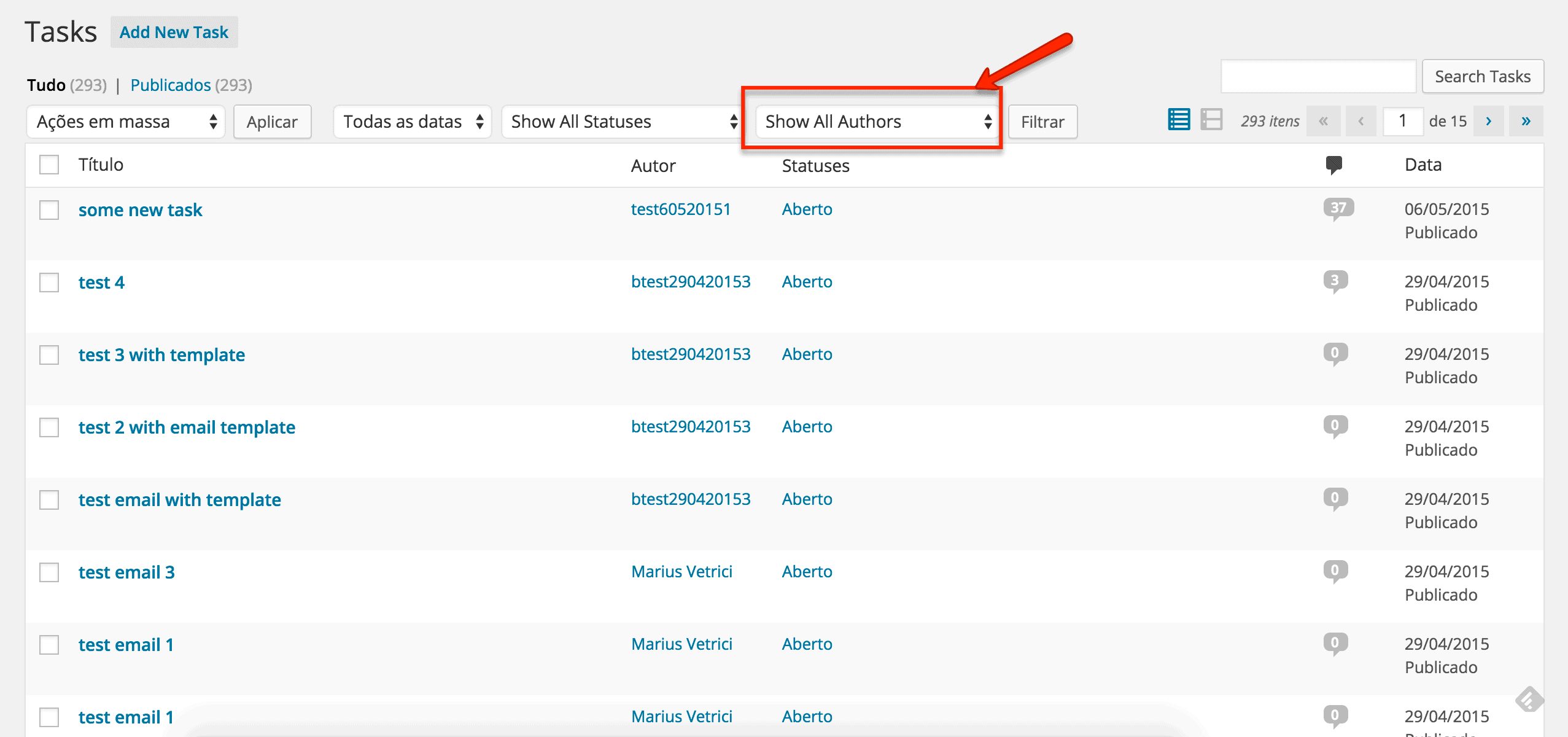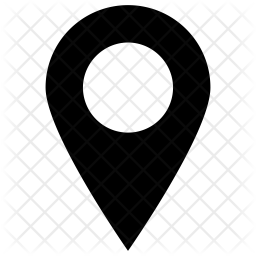You know that heart-sinking moment when your WordPress site gets stuck in maintenance mode, showing “Briefly unavailable for scheduled maintenance. Check back in a minute.”? And then that minute feels like an eternity? It’s one of those universal WordPress experiences that can make anyone’s stomach drop.
This frustrating maintenance mode is only supposed to last a few seconds during updates, but sometimes your site gets trapped in limbo. Maybe it happened while updating all the plugins at once, or during that split second when the browser tab got closed mid-update. Either way, visitors can’t access the content, and the site seems frozen in time.
This guide will walk through exactly why this happens and how to fix it – it’s actually simpler than it seems. We’ll look at both quick fixes for immediate relief and smart strategies to prevent future maintenance mode mishaps. Consider this a practical roadmap to getting the site back online, with clear solutions and preventive measures explained in plain language.
What Is Maintenance Mode on a WordPress Site?
WordPress maintenance mode acts like a shield between your site and visitors when you make major changes. It’s a built-in feature that shows a temporary page and stops public access during updates or modifications.
Your WordPress site automatically activates maintenance mode whenever you update core files, plugins, or themes. WordPress creates a temporary .maintenance file and shows this message: “Briefly unavailable for scheduled maintenance. Check back in a minute”. The system sends a 503 HTTP status code to search engines, which is vital to protect your SEO rankings.
How Maintenance Mode Helps
Maintenance mode helps your site in several ways:
- Blocks new comments, posts, or orders to prevent data loss
- Keeps visitors from seeing broken pages or errors
- Make sure your site looks professional during updates
- Let administrators work without interference
The technical side of maintenance mode relies on specific WordPress functions. The wp_maintenance() function handles the temporary state, while the .maintenance file manages access restrictions. WordPress has used this system since version 3.0 to keep your site’s reputation safe during updates.
You can boost the default maintenance mode with WordPress custom development and features. Instead of showing the simple message, you could create a branded page that has social media links, email signup forms, or a countdown timer until your site returns. This turns your downtime into a chance to involve users.
Maintenance mode works as a digital guard that lets only registered users with the right privileges access the WordPress dashboard during updates. This security feature becomes especially important when you have server migrations, major design changes, or security fixes to handle.
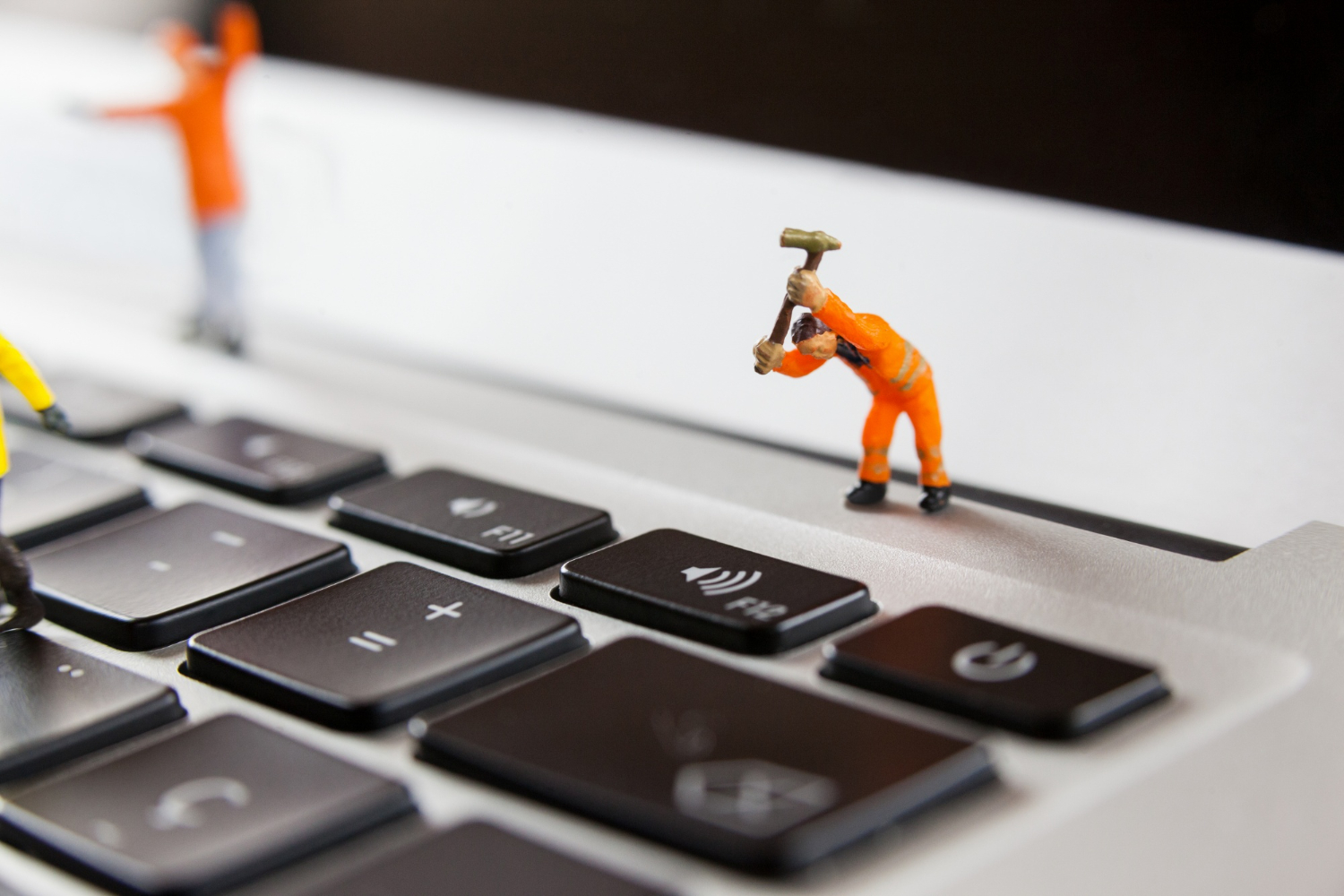
When Should a Site Be in Maintenance Mode?
The right timing can make the difference between smooth website maintenance and getting things pricey with disruptions. You need to know exactly when to turn on maintenance mode to prevent unnecessary downtime and keep your site working properly.
Your site needs maintenance mode when making major design changes. This includes new layouts, design element adjustments, or testing functionality across different devices and browsers. On top of that, server upgrades or migrations need maintenance mode to prevent data loss and let visitors know about temporary changes.
Critical Scenarios
Here are the critical scenarios that need maintenance mode:
- Database optimization or structural changes
- Security patches and vulnerability fixes
- Emergency troubleshooting of broken features
- Theme or plugin updates requiring extensive testing
- Navigation restructuring or page reorganization
Maintenance mode is a great way to get protection during database operations. This safety measure prevents data corruption and keeps your site’s information intact. So when you’re fixing security vulnerabilities or cleaning up after a potential breach, maintenance mode becomes crucial to protect user data.
Search engines receive a 503 HTTP status code when maintenance mode is active, which tells them the site is temporarily down. This works nowhere near as badly as showing broken links or missing pages to search crawlers, which could hurt your rankings.
Small updates don’t need maintenance mode. Quick edits like updating text, changing blog images, or making minor tweaks usually don’t require taking your site offline. The secret is to save maintenance mode for big changes that might affect user experience or how the site works.
Try to avoid maintenance mode during peak traffic times. Smart timing helps reduce disruption to your users and potential revenue loss. Leaving maintenance mode on too long can send first-time visitors to your competitors’ websites.
A staging environment works great with maintenance mode. You can test major changes safely before putting them on your live site, which cuts down the time needed for maintenance.
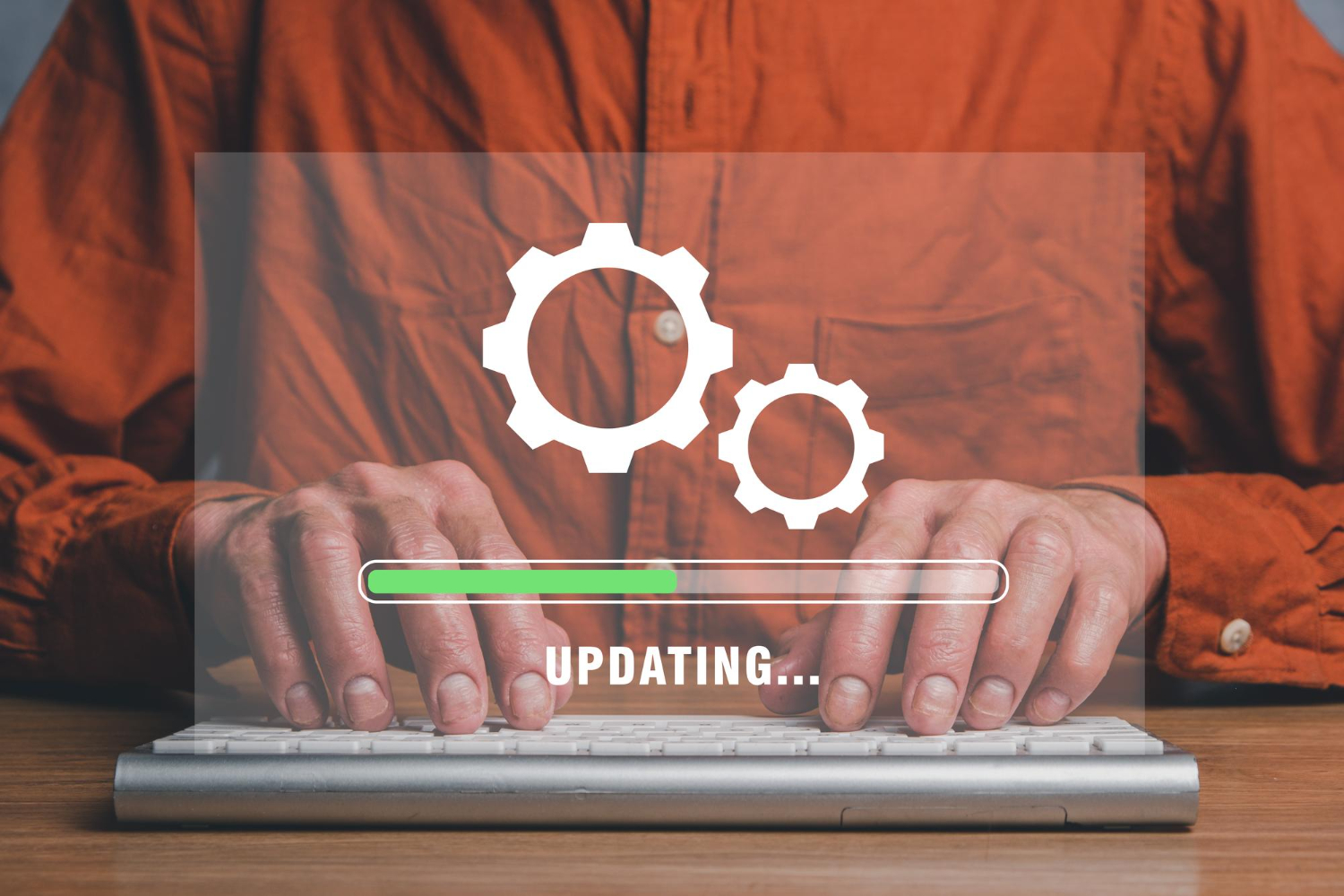
What Are Potential Causes of WordPress Stuck in Maintenance Mode?
Your WordPress site can get stuck in maintenance mode for many reasons. These range from simple user actions to complex technical problems. Understanding what causes this helps you find the right solution quickly.
Common Technical Issues Making WordPress Stuck in Maintenance Mode
Interrupted updates are the most important reason for maintenance mode problems. Your site can get stuck if you close your browser tab during an automatic update. The same happens when you lose internet connection or refresh the updates screen by accident. This leaves the .maintenance file on your server and it doesn’t delete itself.
Sites hosted on shared platforms face resource limitations that can break the update process. Your WordPress might not complete its maintenance cycle if the server runs out of memory, or disk space, or times out unexpectedly.
These technical problems often cause maintenance mode issues:
- File permission errors affecting the .maintenance file
- PHP script execution timeouts during updates
- Server resource limitations on shared hosting
- Network connectivity interruptions
- Database errors during the update process
Additional Factors That Can Contribute to Maintenance Mode Issues
Plugin and theme conflicts make maintenance mode issues worse. Outdated or incompatible plugins can break WordPress core functions. The risk increases when you update multiple plugins at once, especially if your connection lags even for a millisecond.
Bad timing with resource-heavy operations can trigger these problems. Large updates need more processing time, especially when several plugins or themes update together. This becomes a bigger issue on servers with limited resources during high traffic.
Background processes can mess with the update system. These processes might run longer than allowed and trap your site in an update loop. Plugin conflicts or theme incompatibilities make everything worse.
Broken plugins or damaged WordPress core files can keep maintenance mode running forever. WordPress’s wp-activate.php file is vital for managing plugin and theme activation. If this file gets corrupted, WordPress can’t exit maintenance mode properly. You’ll need to fix this carefully.
Can a WordPress Site Stuck in Maintenance Mode Be Recovered?
You can definitely recover a WordPress site stuck in maintenance mode using several proven methods. The quickest way is to remove the .maintenance file that WordPress creates during updates.
Initial Steps for a WordPress Site Stuck in Maintenance Mode
Start by connecting to your website through FTP or your hosting provider’s File Manager. Your next step is to find your site’s root directory – where your wp-config.php file lives. Look for the .maintenance file and delete it. A quick refresh of your website should confirm everything’s back to normal.
Advanced Recovery Techniques
The site might still be stuck even after removing the .maintenance file. Here are some advanced recovery steps that can help:
- Clear both the browser and WordPress cache completely
- Increase the PHP memory limit to 256M or 512M
- Disable all plugins by renaming the plugins folder
- Check and fix file permissions
- Finish any pending updates manually
Your PHP memory limit might need a boost if manual updates don’t fix things. Just open your wp-config.php file and add: define('WP_MEMORY_LIMIT', '256M') before the line “That’s all, stop editing! Happy blogging”.
Plugin conflicts often cause maintenance mode to stick around. You can rename your plugins directory to “plugins-backup” through FTP or cPanel. This step turns off all plugins effectively. Getting things back to normal is simple – just rename the directory and activate plugins one at a time to spot the troublemaker.
Tough cases might need a look at the wp-activate.php file. Find the line define ('WP_INSTALLING', true) and change it to define ('WP_INSTALLING', false). This tweak usually fixes stubborn maintenance mode issues when nothing else works.
Important Warning: Always create a complete backup of your website before trying any recovery steps. This way, you can restore everything if something goes wrong during the process.
These solutions work well most of the time, but they need technical know-how and careful handling. Professional help can be a great way to get WordPress development support, especially with recurring issues or when your business depends on your website. A skilled WordPress maintenance team prevents these problems and handles complex recoveries quickly.
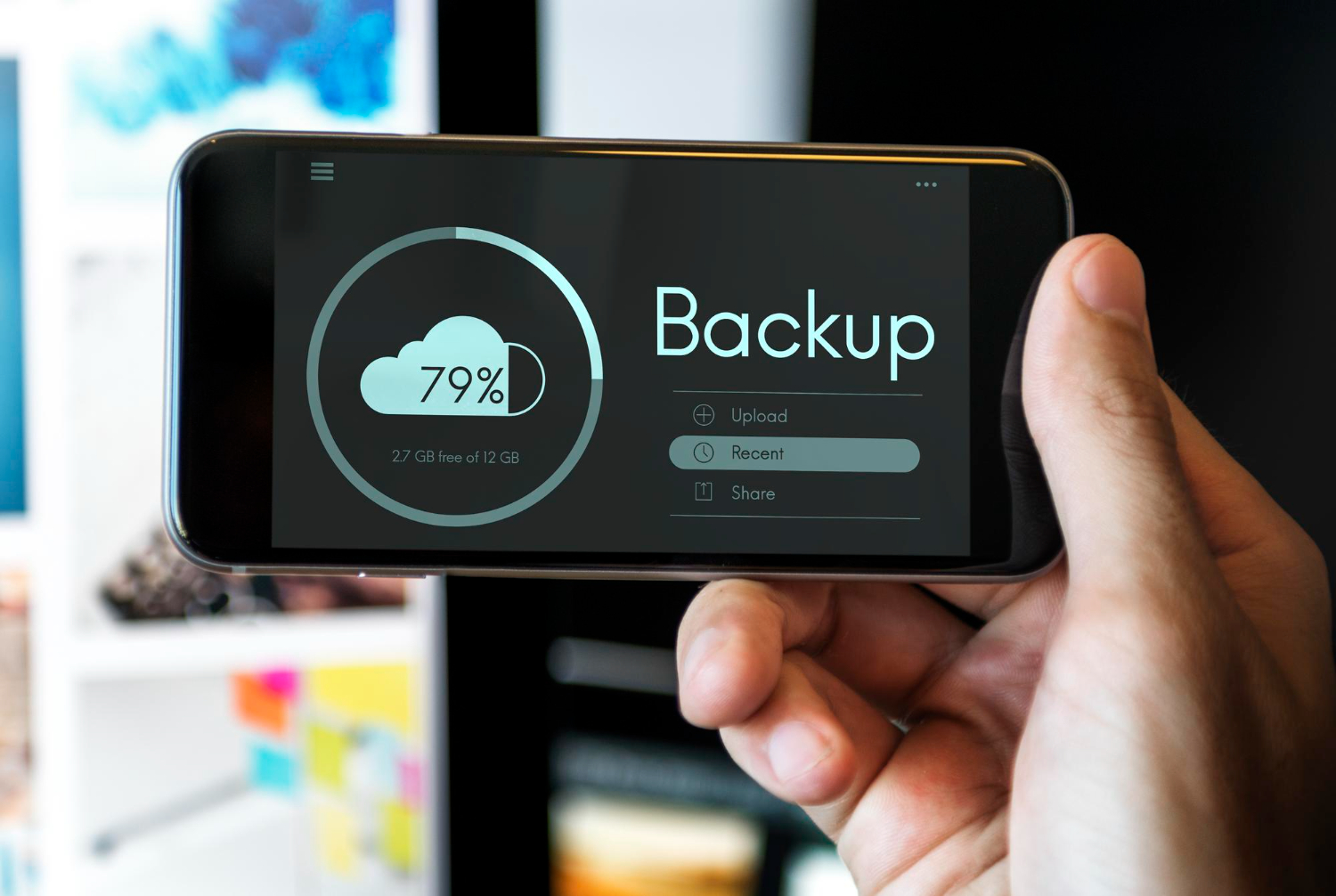
Is a DIY Solution the Answer or Is It Time to Move to a Professional Maintenance Plan?
You need to think about your technical skills, available time, and business priorities when choosing between DIY maintenance and professional WordPress care. Research shows that 80% of web design professionals offer maintenance packages to their clients, showing how professional maintenance has become increasingly important.
Weighing the Pros and Cons of DIY Maintenance
Small websites or personal blogs might find DIY WordPress maintenance economical at first. You can save monthly service fees and have full control over updates and changes. The downside is that you’ll need lots of time and technical knowledge to handle tasks like security monitoring, performance optimization, and regular updates properly.
These are the most important factors you should think about for your maintenance approach:
- Technical proficiency requirements
- Time allocation for regular maintenance
- Security monitoring capabilities
- Backup management expertise
- Emergency response readiness
The Benefits of Professional Maintenance Plans
Professional maintenance plans give detailed support that goes beyond simple updates. Studies show that 93% of web design professionals find new clients through referrals, which proves that a quality WordPress development service can create lasting relationships and trust. These plans usually include active monitoring, security insights, and emergency support to keep your website stable and performing well.
Professional maintenance saves you time significantly. Websites need constant attention, but professional services can handle all technical aspects while you focus on growing your business. E-commerce sites or high-traffic platforms benefit from this approach because downtime directly affects their revenue.
Making the Right Choice for Your Business
Security should be your top priority. Professional maintenance teams use advanced tools and strategies to guard against new digital threats. DIY maintenance might miss critical security vulnerabilities because of limited expertise or time constraints. Quality providers automate regular backups to protect your data without disrupting the user experience.
Money matters need careful thought. DIY maintenance might appear cost-effective upfront, but the risks of errors, security vulnerabilities, or performance problems could ultimately exceed the web maintenance costs in the long run. The time you spend fixing technical problems could be better used to grow your business.
Professional WordPress maintenance packages create a dependable support system. These services often customize solutions to match specific client needs. Your business gets tailored maintenance packages that solve unique challenges and keep your website reliable and performing optimally.
The complexity of your website and business goals will determine whether you choose DIY or professional maintenance. Professional maintenance gives you peace of mind and consistent support for revenue-generating sites. This investment helps prevent expensive downtime, security breaches, and performance issues that could damage your online presence and profits.
Conclusion
Website maintenance issues aren’t just small annoyances—they’re business threats. Think of them as tiny leaks in a boat. If left unchecked, they can sink your entire operation. Sure, quick fixes like deleting a stubborn .maintenance file might work temporarily, but when the same issues keep coming back, it’s your website signaling a deeper problem.
One of the biggest risks? Downtime. Even an hour of your site being offline can mean lost sales, frustrated customers, and a hit to your search engine rankings. It’s like closing your store during a peak sales period—except online, customers might not come back.
After years in this industry, we’ve learned one thing: your website isn’t just a digital brochure. It’s your hardest-working employee, running 24/7, representing your business non-stop. And like any valuable asset, it needs professional care to stay in peak condition.
WordPress Stuck in Maintenance Mode? It’s Time for a Solution
That’s where WPRiders comes in. We don’t just put out fires; we prevent them. Our expert team ensures your WordPress site runs smoothly, avoiding costly downtimes and technical headaches before they even happen. We can offer a tailored WordPress website maintenance agreement for your peace of mind and a good night sleep.
Think about it—would you rather focus on growing your business or be stuck googling “WordPress maintenance mode stuck” at 3 AM? Professional WordPress monthly maintenance isn’t just another expense; it’s an investment in your website’s long-term stability and profitability.
Recurring maintenance problems cost more than just time—they cost revenue, customer trust, and search visibility. The reality is that unaddressed technical issues get expensive fast. That’s why a professional maintenance plan is like insurance for your online presence. It safeguards your business from unexpected breakdowns and allows you to focus on what truly matters—growth.
If your website’s maintenance issues are eating into your company’s revenue, WPRiders is the team you need for mission-critical maintenance. Let’s keep your site running flawlessly while you focus on taking your business to the next level.
At WPRiders, we know your website isn’t just a project—it’s part of your business engine ⚙️. That’s why we offer more than just code. From thoughtful WordPress custom development to dependable monthly WordPress maintenance, and even enterprise WordPress support for complex needs, we’re here to support what matters most. Whether you’re planning a new build with custom WordPress website development 🛠️, looking for a reliable WordPress consultant 🧠, need and Elementor developer, require enterprise-level WordPress solutions, or need ongoing support through our WordPress development service, we’d love to explore how we can work together.
If that sounds like what you need, 👉 Schedule a Free Discovery Call and let’s talk about your next move. We’re always up for a good conversation.



